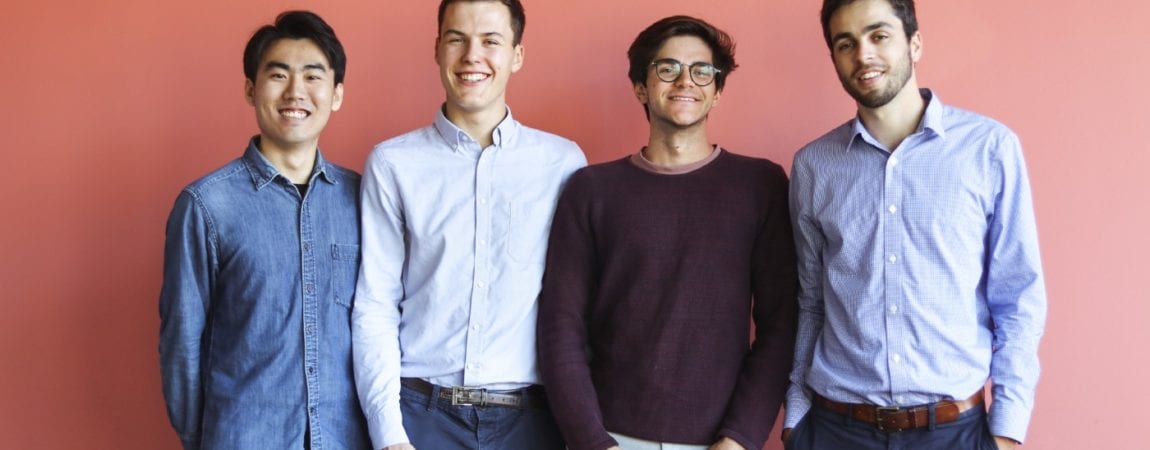About Zendar
Based in San Francisco, CA, Zendar works on building the highest resolution automotive radar in the world. The product utilizes the resolution of LiDAR along with the benefits of radar, such as long-range and all-weather operation, to make autonomous driving safe and accessible for everyone.Project Overview
Localization of autonomous vehicles on the road currently relies on LiDAR (laser) and camera sensors which simultaneously map the environment around the car. The team proposed an algorithm to achieve an equivalent performance with a technology that is cheaper, easier to install, and less susceptible to adverse weather conditions such as rain, fog, and snow: high-definition radar images. This solution, based on the hardware and software suite of Zendar, breaks the traditional reliance on costly LiDARs. We had a chance to speak with the capstone team members Bowen Wang (ME), Pierre-Louis Blossier (ME), Johan Gerfaux (IEOR), and David Scanlan (IEOR), about their experience.
How do you define the scope of the capstone project?
Our industry partner, Zendar, proposed two key goals: mapping the environment around the car and the localization of the car. We wanted to demonstrate how we can leverage raw data, preprocessing, and mapping to prototype a high-precision technology that is more cost-efficient than the currently used LiDAR sensors.What were some of the most significant technical and teaming challenges in the project and how did you face them?
We came in with different levels and experiences in software, so one big challenge we faced was effectively matching individuals’ skill sets with responsibilities over the many parts of the project. Furthermore, we had some difficulties with understanding the given product, but we were able to develop a relationship with our industry partner to flesh out these difficulties and smoothly transition into completing the tasks at hand, and eventually meeting our goals.“We came in with different levels and experiences in software, so one big challenge we faced was effectively matching individuals’ skill sets with responsibilities over the many parts of the project.”
How has this capstone project been different than any of the other technical projects you may have done in the past?
This project was definitely more complex than anything we’ve worked on in the past! Working with industry added this professional aspect; presenting deliverables and frequent communication with our advisor made us feel like this project was a true investment. There was a mutual trust between us and Zendar, and our results added value to their company. If there is one thing we’ll remember from our MEng experience, it is definitely this capstone project! Edited by Shivani Lamba Connect with the team: Bowen Wang (ME), Pierre-Louis Blossier (ME), Johan Gerfaux (IEOR), and David Scanlan (IEOR)Q&A with the Capstone winners of 2020 Most Innovative Project was originally published in Berkeley Master of Engineering on Medium, where people are continuing the conversation by highlighting and responding to this story.


